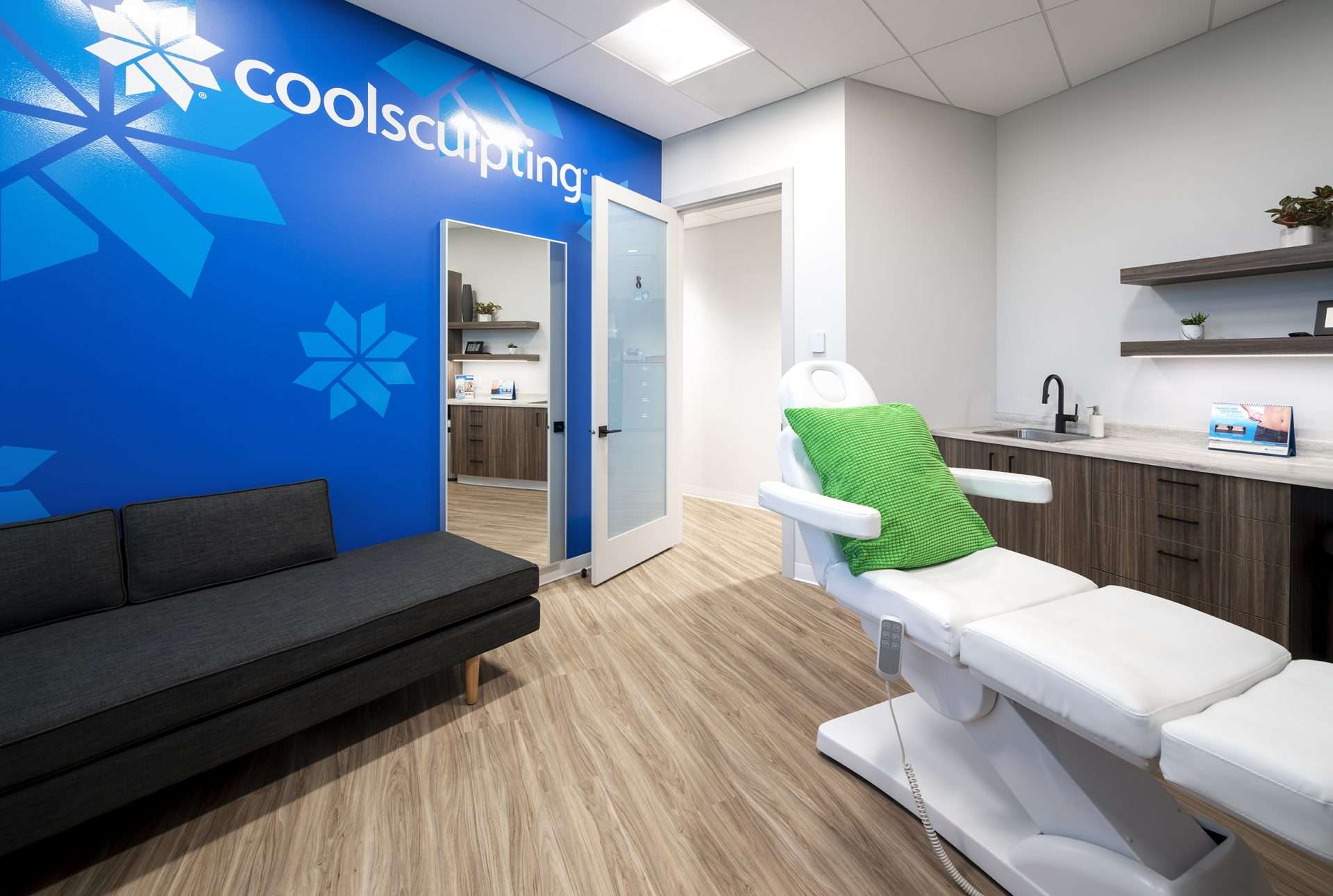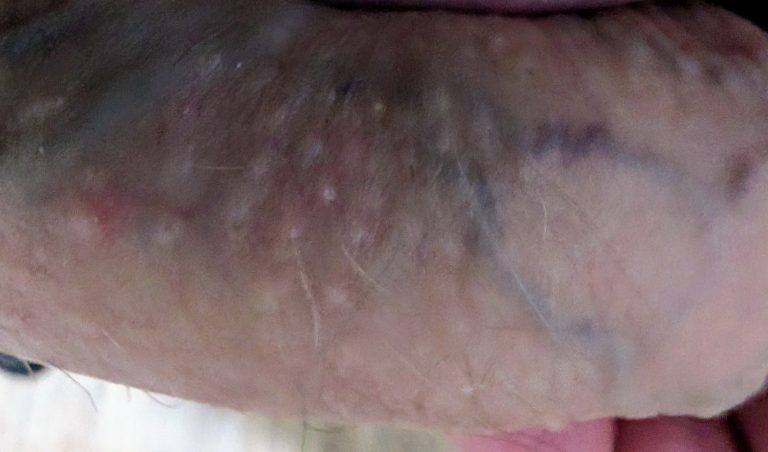Different types of infections will react differently to different medications, creams and powders, so knowing exactly what type of infection it is is important to be able to treat it effectively. The most important thing to remember is that fungal infections are typically nothing to worry about. But if the rash or infection persists after you start treating it at home, contacting your dermatologist is a good idea who can then assess the situation and potentially give you a different course of treatment.
Athlete’s Foot
This type of fungal infection is found, as the name would suggest, on the feet, including the bottom and sides as well as the in between toes and toenails. Symptoms include dry, red and cracked skin that can be itchy and possibly with some scaly bumps. Athlete’s foot is easily treated by keeping your feet clean and dry every day, even if you don’t take a shower. And especially make sure to dry in between your toes as that is where it typically starts. If you are taking showers in public spaces like the gym or the pool, make sure to wear water shoes instead of going barefoot. There is also over-the-counter medicated powder you can use to put on your feet and to reduce sweating of your feet if that’s a problem.
Jock Itch
The name “jock” itch might be a little misleading as many assume only men can get jock itch. However, if you are active and sporty, women can get it as well. Jock itch is basically another fungal infection that affects the upper thigh and groin area. It is an elevated rash that is often times itchy and burns. If you’re very athletic and wear lots of gear and sweat, it’s likely you might develop such a rash. It’s important to keep the area as clean and dry as possible (after activities), and wear cotton clothing that is breathable. Loose fitting pants and shorts are best to, again, allow the area to breathe.
Candida
Candida is actually a yeast, not a fungus, but reacts much the same way. A candida infection is most often round moist areas in the body, such as the mouth, backside and vagina. Babies who have a diaper rash is likely candida, and women who have yeast infections are caused by candida. These types of infection are often itchy, swollen and red. The best way to prevent a yeast infection such as candida, is to ensure you keep these areas always clean and very dry, wear cotton underwear that is loose and breathable, and if you are swimming, ensure to change out of your wet swimsuit instead of sitting around in it.
Pityriasis Versicolor
This type of fungal infection appears as a rash on the back, shoulders, arms, chest and sometimes the face. This rash is flat (flush with the skin), is pale in colour and appears as many oval or round patches all over. With pityriasis the trick is, once again, to ensure your skin stays as dry as possible and not to get too sweaty or hot. If you find this happens, try washing your skin monthly with anti-dandruff shampoo.




